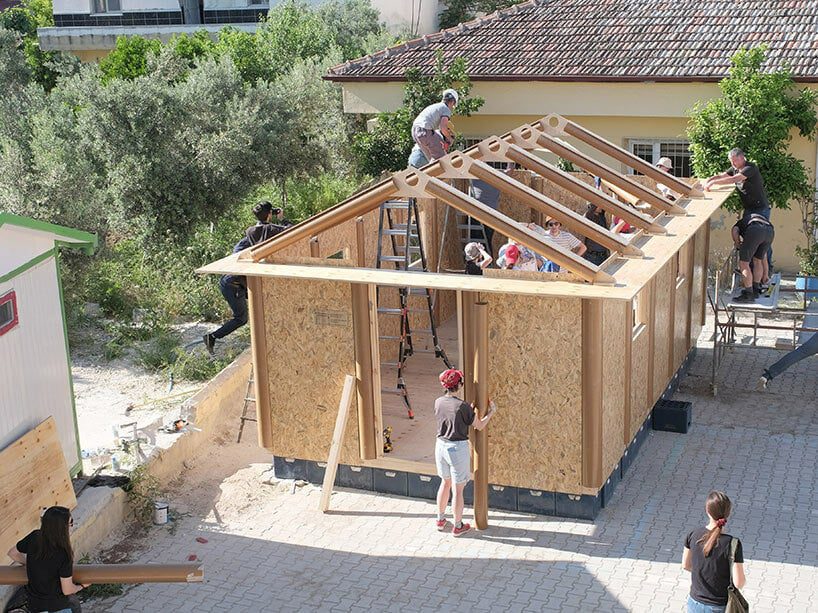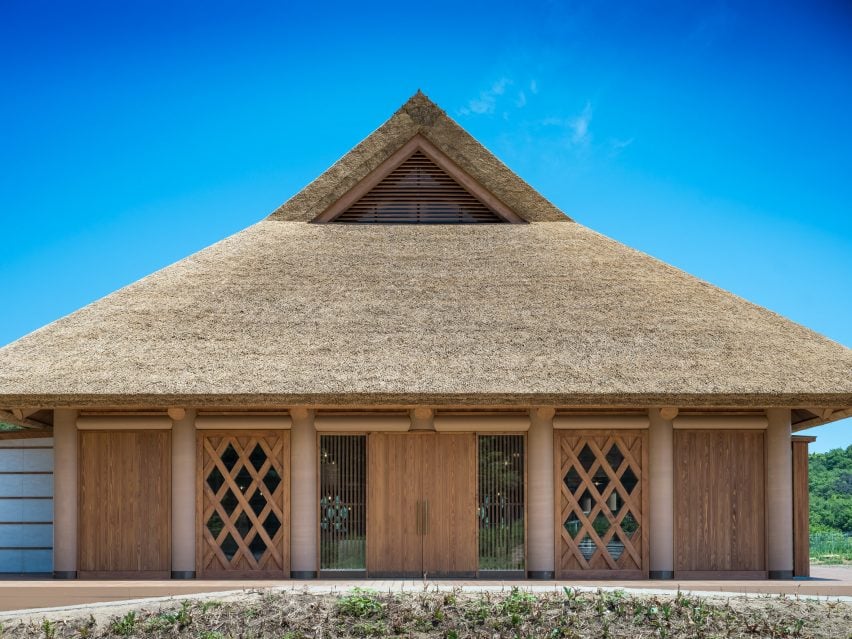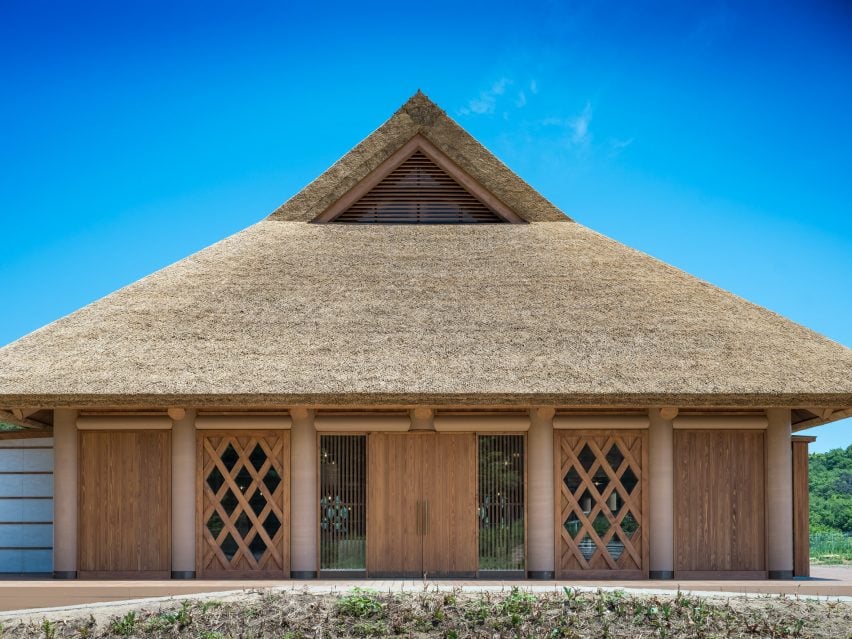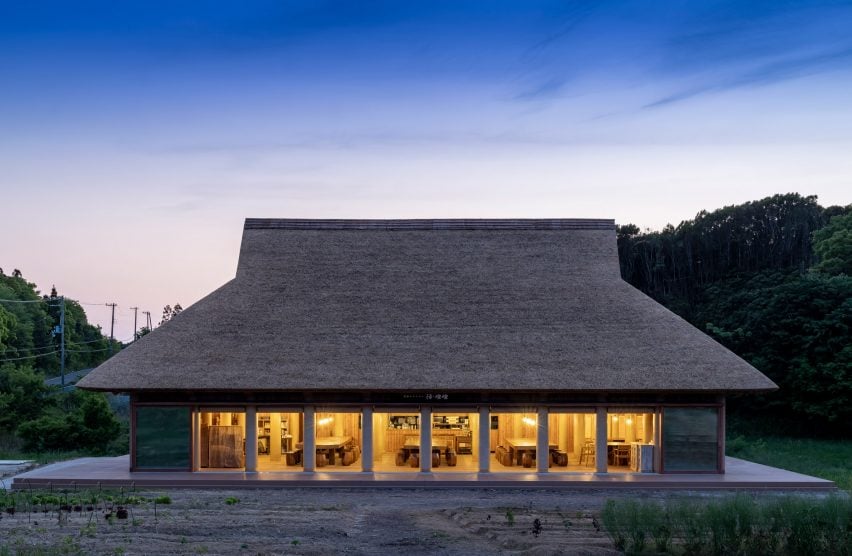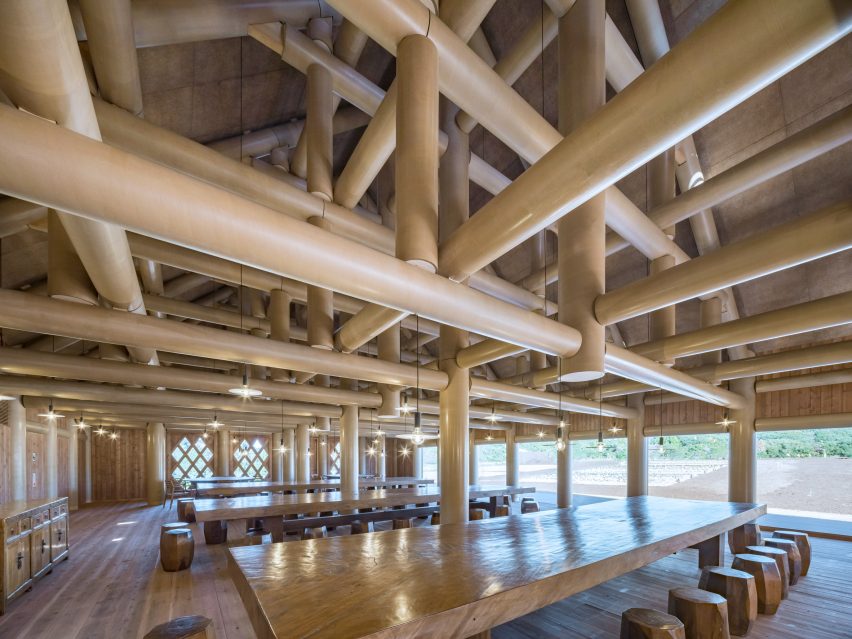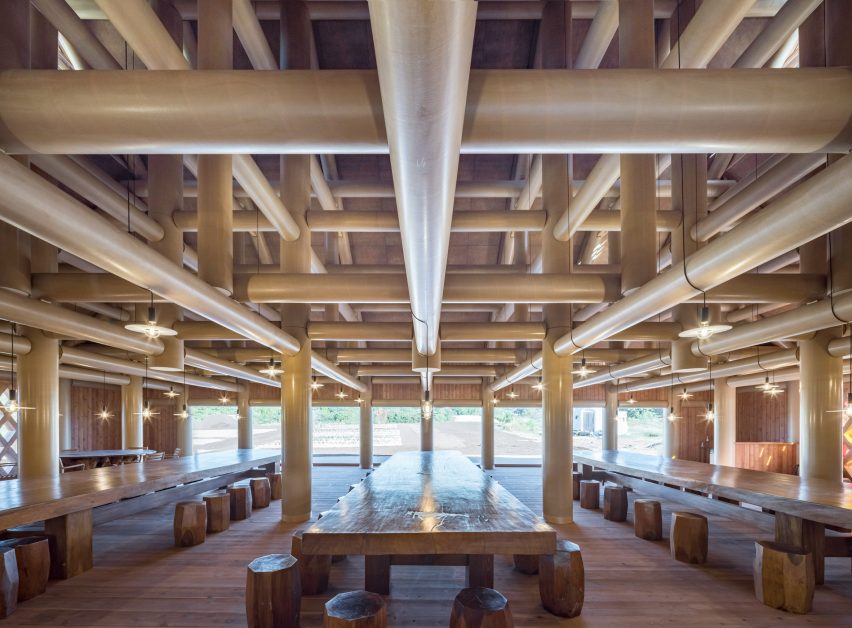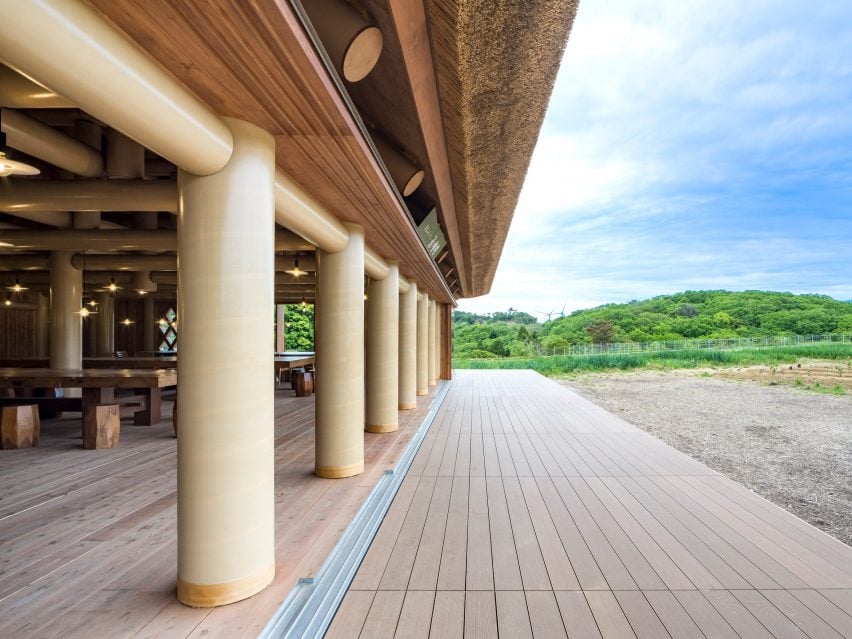architect shigeru ban offers earthquake disaster relief to morocco
A resourceful Response to Morocco’s Recent Earthquake
In the wake of the devastating earthquake that rocked Morocco‘s Marrakesh–Safi region on September 8th, 2023, Japanese architect Shigeru Ban has once again demonstrated his unwavering commitment to disaster relief efforts. This natural disaster, which registered a moment magnitude of 6.8–6.9 and a maximum Mercalli intensity of VIII, left in its wake a trail of destruction and claimed the lives of over 2,900 people. It is in this time of dire need that Shigeru Ban and his team, known globally for its humanitarian architecture, has extended a hand to the people of Morocco.
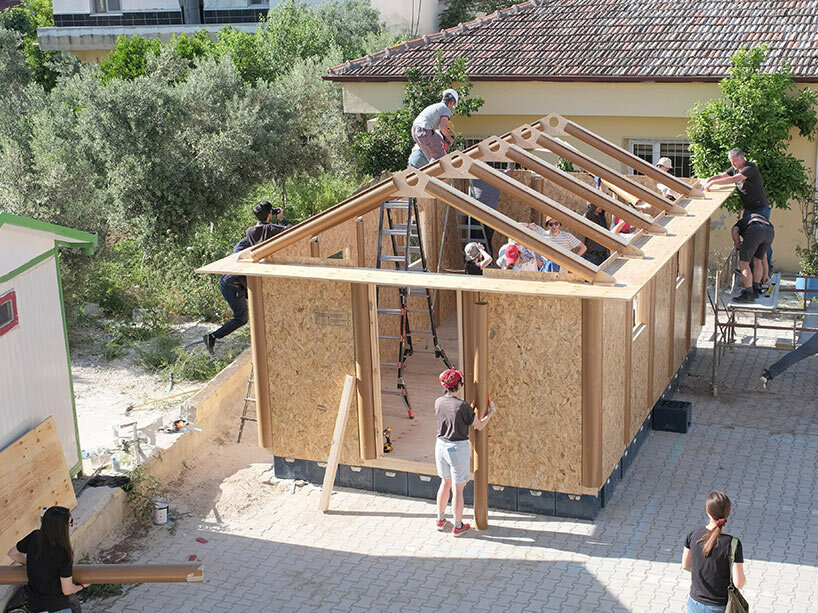 images courtesy Shigeru Ban Architects
images courtesy Shigeru Ban Architects
sHigeru Ban: A Champion of Disaster Relief
Shigeru Ban’s involvement in disaster relief spans over three decades, with his work taking him to disaster-stricken regions across the globe, from Kobe to L’Aquila, Turkey to Haiti. His humanitarian approach to disaster relief is marked by resourcefulness, a quality that has become synonymous with his architectural practice and contributed to his winning the prestigious Pritzker Prize in 2014. Shigeru Ban is celebrated for repurposing materials, even those not known for their durability like paper and cardboard, into structural elements for his designs. This same spirit of innovation permeates his planning and execution of disaster-relief housing projects.
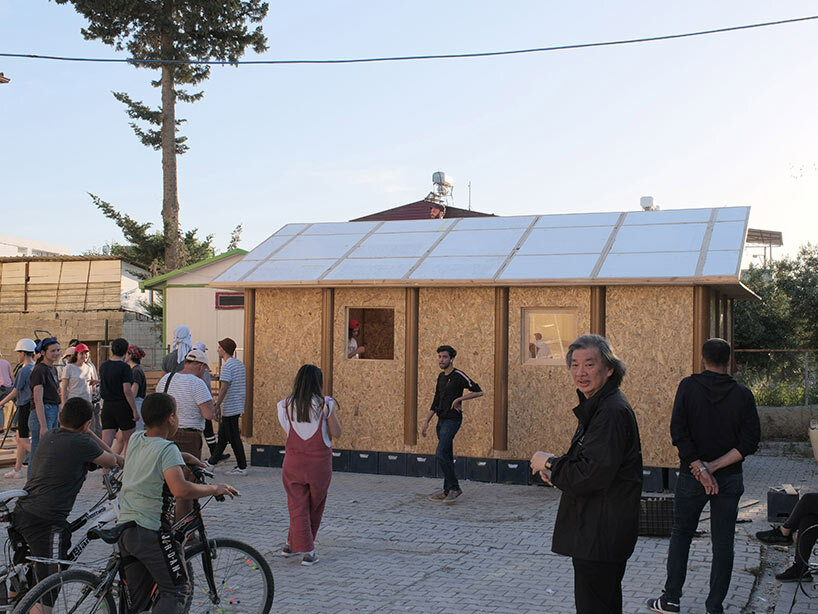 the first Paper Log House mock-up shelter has been constructed in Marrakech
the first Paper Log House mock-up shelter has been constructed in Marrakech
paper log houses to be deployed across the region
In response to the recent earthquake tragedy in Morocco, Shigeru Ban has launched a commendable initiative to aid the victims. This humanitarian effort is being spearheaded by the Voluntary Architects’ Network (VAN), an organization founded by Shigeru Ban in 1995 to coordinate post-disaster construction aid. A significant facet of this project is the construction of a mock-up of Shigeru Ban’s iconic Paper Log House. This temporary dwelling, designed to provide shelter for those in urgent need, has been constructed at the National School of Architecture of Marrakech. It stands as a symbol of hope and resilience in the face of adversity.
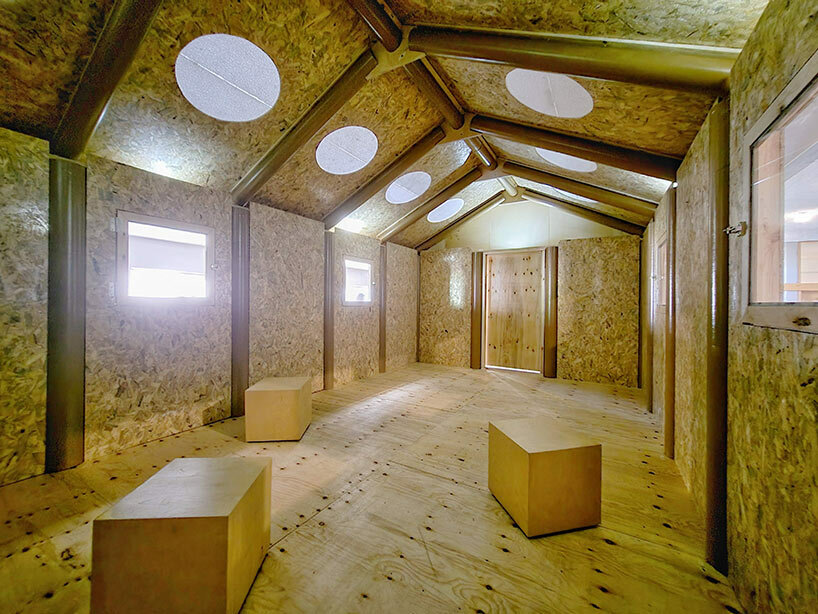
the team will assess the affected areas, identifying potential locations for the deployment of the Paper Log House
Shigeru Ban’s dedication extends beyond the blueprint. On September 27th, he is delivering a lecture where he will introduce the ‘Paper Log House’ and share his wealth of knowledge and experience in providing post-disaster support. Moreover, on September 28th, he will remain in Marrakech to assess the affected areas, identifying potential locations for the deployment of the Paper Log House.
project info:
architecture: Shigeru Ban Architects | @shigeruban
location: Marrakesh–Safi region, Morocco

